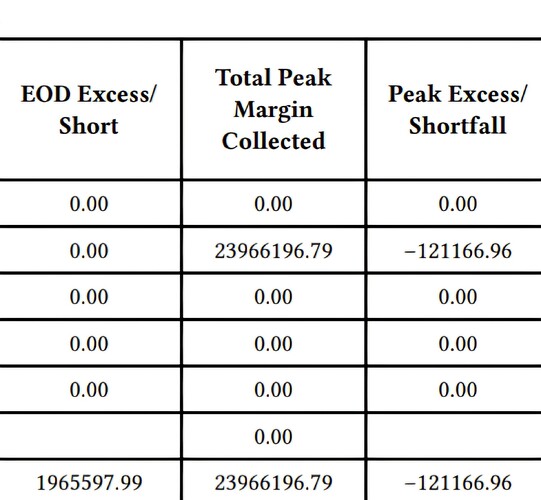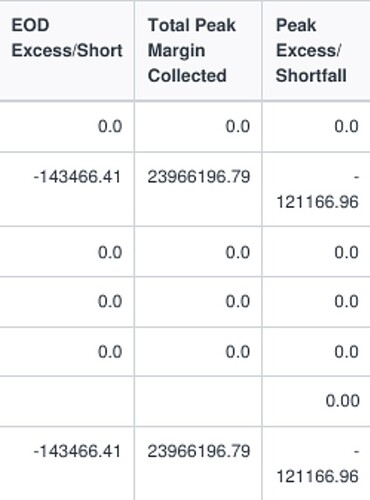Since August 2022, the margin penalty can be passed on to the clients only in case of a shortfall in non-upfront margin requirements. Non-upfront margin pertains to the margins that should be fulfilled by the client after initiating a trade, following the fulfillment of the upfront margin requirement. If the client fails to provide the required funds within the deadline, it leads to a deficit and may result in a penalty.
A shortfall in non-upfront margins can occur due to mark-to-market loss, delivery margin—which exchanges charge on Long ITM stock options from 4 days before expiry, or any additional margin shortfall in case of equity. You can learn more about this here.
However, in case of a shortfall in upfront margin requirements, brokers weren’t allowed to pass on the penalty to the clients. Upfront margin refers to the margin that must be provided in order to initiate a trade.
NSE recently released a circular that allows brokers to pass on penalties to clients in case of margin shortfalls or non-collection of upfront margins under the following scenarios:
- In case the check issued by the client is dishonored.
- Increase in margins due to changes in client’s hedge positions or expiration of one or more legs of the hedge.
So starting November 1, 2024, if there is any upfront margin shortfall that includes these two scenarios, a client will have to pay a margin penalty in such cases.
For example, if you have issued a cheque to the broker for Rs. 5 lakhs, following which Rs. 5 lakhs have been credited to your account which can be used for trading. However, in case the cheque is dishonored or not accepted by the issuer’s bank, the funds will not reach the broker’s bank account and the broker debits the credited amount to your trading account leading to margin shortfall and subsequent margin penalty.
Another scenario where a penalty will be applicable is if there are changes in hedged positions or the legs of the hedge expire.
For example, say you have a Rs. 100,000 margin in your account and take a short position in the Nifty 25000 Call option with a margin requirement of Rs. 90,000, and to hedge this position, you buy Nifty 26000 Call. Since you also get a margin benefit for the hedged position, your margin will reduce to Rs. 50,000.
Now if you used the remaining Rs. 50,000 to buy shares and later on exit the hedge ie. Nifty 26000 Call, your margin requirement for the short position in Nifty 25000 Call will increase to Rs. 90,000, since you have only Rs. 50,000 margins in your account, there will be a margin penalty applicable for the shortfall of Rs. 40,000.
How to avoid this?
-
When exiting your positions, always ensure you first square off the positions with higher margin requirements—such as short option and long and short futures positions and then exit the hedge (long option position).
-
In case of the expiry of the hedged leg, ensure to maintain sufficient funds in your trading account.
-
Whenever you get an SMS or email about a margin shortfall, add funds immediately to avoid any penalty.

